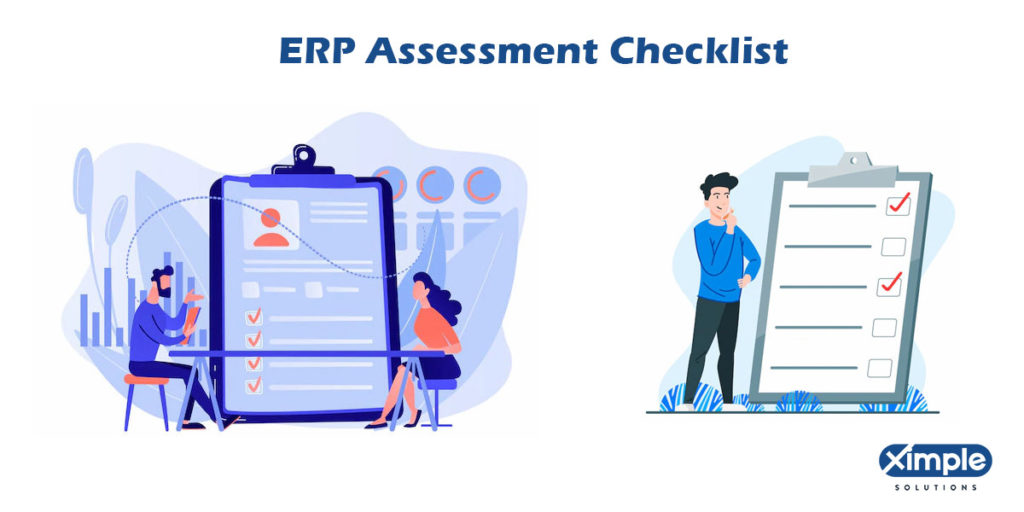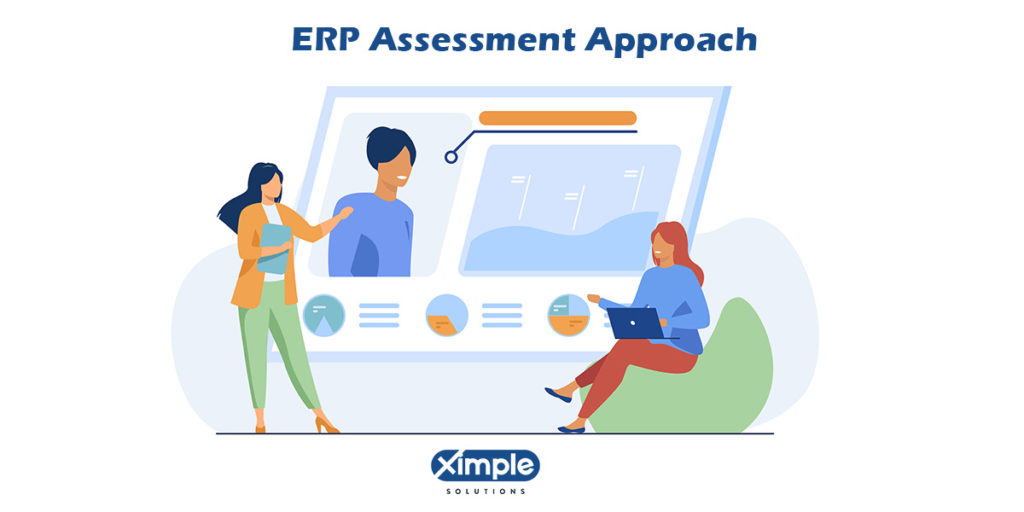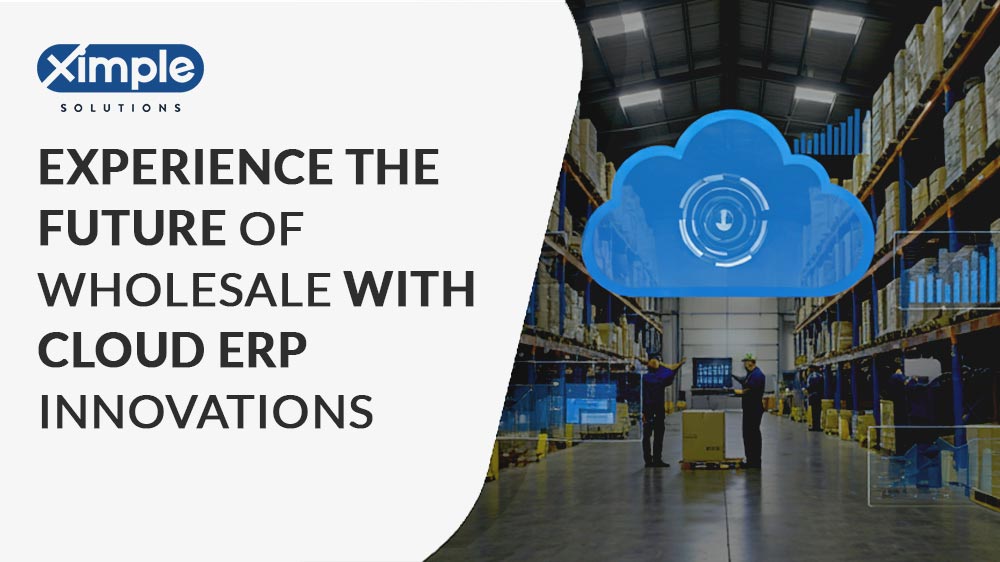ERP Assessment Approach and Checklist

The business management ERP is a must-have nowadays. However, the success of the ERP implementation process is the bottom line. If you fail to execute ERP well, you might waste money, time, and other resources. When you conduct an ERP assessment checklist and evaluation process, you can pinpoint weak areas and deal with them early on. An ERP readiness assessment during the implementation phase is imperative.
It can help an organization determine if it is ready for significant change. Do you have the funds to complete the process? Can you trust your team to complete the project successfully? The Cloud ERP software implementation process is lengthy and expensive. Although assessing it does not guarantee success, it can reveal the weaknesses and shortcomings of failure.

Table of Contents
Why undergo an ERP assessment?
When doing a capital-intensive project like ERP implementation, an organization has to do its best to succeed. Whether it is getting the most talented team of programmers and analysts or spending a lot of money, a company aims only at success. One way to ensure success is to carry out an ERP assessment. Even if a company can gather vast amounts of money, it can squander it through poor planning and execution processes.
Organizations are expanding beyond country borders as technology wheels continue to roll. A company thirsting for success must define ERP and describe ERP functionalities correctly during the implementation process to keep up with the pace of change. That is where the ERP evaluation comes in. Whether upgrading your enterprise resource planning software or getting a new tool, you have to assess the execution process very well. Those doing it for the first time should evaluate the process for these reasons:
- To know if they require a cloud ERP solution or the legacy one
- To identify systems that will become irrelevant after the implementation of the ERP
- To pinpoint areas of the existing infrastructure that might require modification before installing ERP software
- To check where your sales revenue leaks are and determine how ERP can help seal them
- To assess the total cost of ownership against the benefits that the best ERP software would bring to the organization
- To estimate the time frame the entire implementation process can take. Also, you can identify the factors that can interrupt and cause delay.
As an older company with running ERP software, you might assess your ERP program to:
- Know the current state of the software solution
- Determine areas of the software that might require improvement
- Measure how business growth and expansion may have affected the existing ERP platform
- To measure the cost of running the software and see if you can afford an upgrade.
ERP needs Indicators
At what point can companies using ERP know they are not benefiting? How can businesses not yet using ERP realize it is time to implement it? The indicators include the following:
- Poor real-time data and reporting – When a business cannot track what is happening in various departments in real-time, it is in dire need of an ERP program. The software will restore visibility and capture insightful data in real-time.
- Cannot grab opportunities for acquisition and growth – The vision of many organizations is to achieve growth and expand operations beyond country borders. But how can a business with outdated, slow, and unreliable software infrastructure grow and acquire wealth? If production is too slow or packed with errors, a company will stagnate for the longest time.
- Cannot adapt to customers’ needs – The modern customer is aware of advanced technology. He has strict demands that only the prepared manufacturer can fulfill.
- Cannot handle global expansion and geography – Technology has altered the mode of running multi-national businesses. It is harder to monitor all your international distribution channels without the administration of ERP software. Lack of visibility can lead to mismanagement and failure of some of the channels. There are strict tax laws in the global business world. Also, have to translate your business functions into multiple languages. With a thorough ERP assessment report, an organization can pick the right software and execute it well.

ERP Readiness factors
Has your organization outgrown its current software system? If so, explore this question before choosing ERP. It is crucial to do this even if you run ERP already. Here are the readiness questions you need to ask as an organization.
- Do we lack complete visibility into our operations? – Without real-time data and reporting, a company will face complex decision-making and have messy operations.
- Do we run obsolete systems that no longer support our business functions? – These sorts of software systems cannot sustain an organization in a world full of competitors.
- We have good business deals. Are we ready to grab them? Can our production handle it? – Poor production processes will lead to poor overall performance, low profits, and missed opportunities.
- Do we want to obtain mergers and acquisitions soon? Can our current software infrastructure let us make the changes? – When a company wants to make massive changes, its needs will grow or change. Only a complete ERP solution can handle such transitions.
- What if we want to establish a global brand? Can our current system handle stricter tax compliances and a broader supply chain?

ERP Assessment Checklist
When carrying out a comprehensive ERP assessment, what process should you include? Consider the following ERP assessment checklist when making your decisions. It shows the angles from which you should review your ERP software. These include the following:
1. Functionality
Explore the basic concepts of ERP and see how they can boost your accounting and finance. If your company runs multiple distribution channels countrywide or globally, can your access ERP platform simplify the accounting functions? Multiple branches have separate accounting and financial data. You need a system that can handle all of them without a single error. Productivity –This checklist assesses how an enterprise resource planning system can make the organization more productive. The productivity checklist seeks to know if the ERP system can help remote workers perform their job on mobile devices. Will it boost the speed at which tasks run?
2. Technology
The information technology team can handle this checklist better than everyone. However, it should not exclude the managers and other stakeholders. The software will serve the entire organization, so everyone should understand and accept it. The ERP assessment checklist is a matter to discuss in this step. You need a vendor who can provide the best software without hiding charges.
3. Value
This checklist assesses the actual worth of the ERP package. Will its benefit outweigh to cost of acquisition and lifetime management?
4. Risk
The implementation team wants to evaluate the chances that the client ERP platform can eradicate or minimize. It also considers the security loopholes in the current system and identifies how the ERP can mend them.
Ready to Select ERP Platform
The ERP evaluation framework is broad. It provides a clear picture of the people, processes, and technologies that a company has. It evaluates each department, including accounting and finance, inventory and warehouse, marketing, procurement, customer relations, and more. Because of how broad the ERP assessment task can be, it requires caution and expertise.
Although the in-house team can do the exercise, it is better to employ a third-party professional. The internal team can provide a non-biased evaluation of the system. After reading a thorough assessment report, the organization can buy the best cloud enterprise resource planning software for its needs.
Also, it can use the findings can allow the team to create logical ERP vendor selection criteria. After choosing the best vendor and product, the team can consult the report again to map ERP implementation.
Conclusion
It is vital to assess an existing or upcoming ERP software system. The review process will show where and why the current software infrastructure has failed. It will probe deeper to identify the cause of those challenges and risks and the best ways to solve them. The evaluation and selection of the ERP package ensure that no resources go to waste. It is so crucial for organizations to skip it. It reveals what is not working, what is working, and which areas could require improvement.




